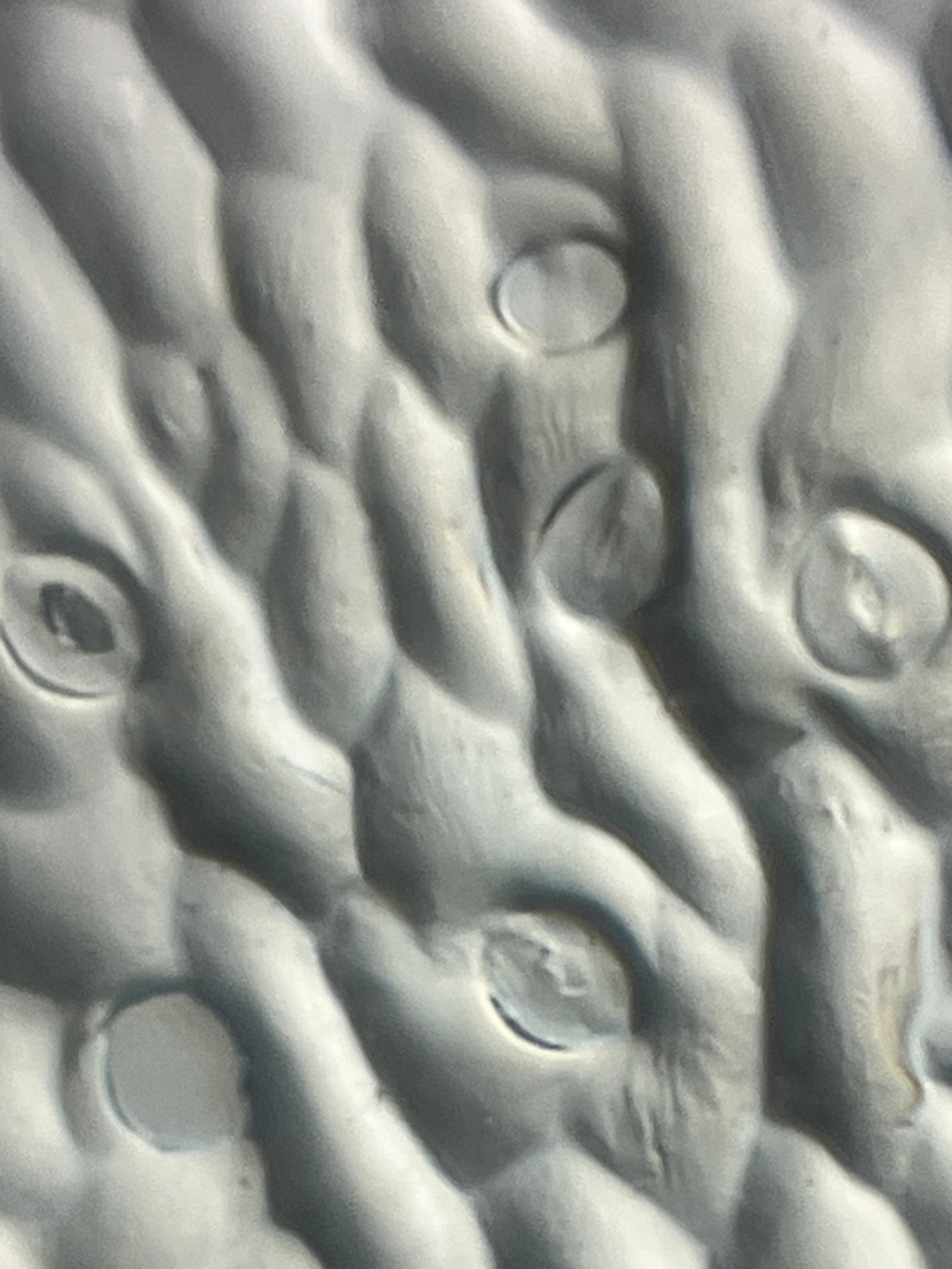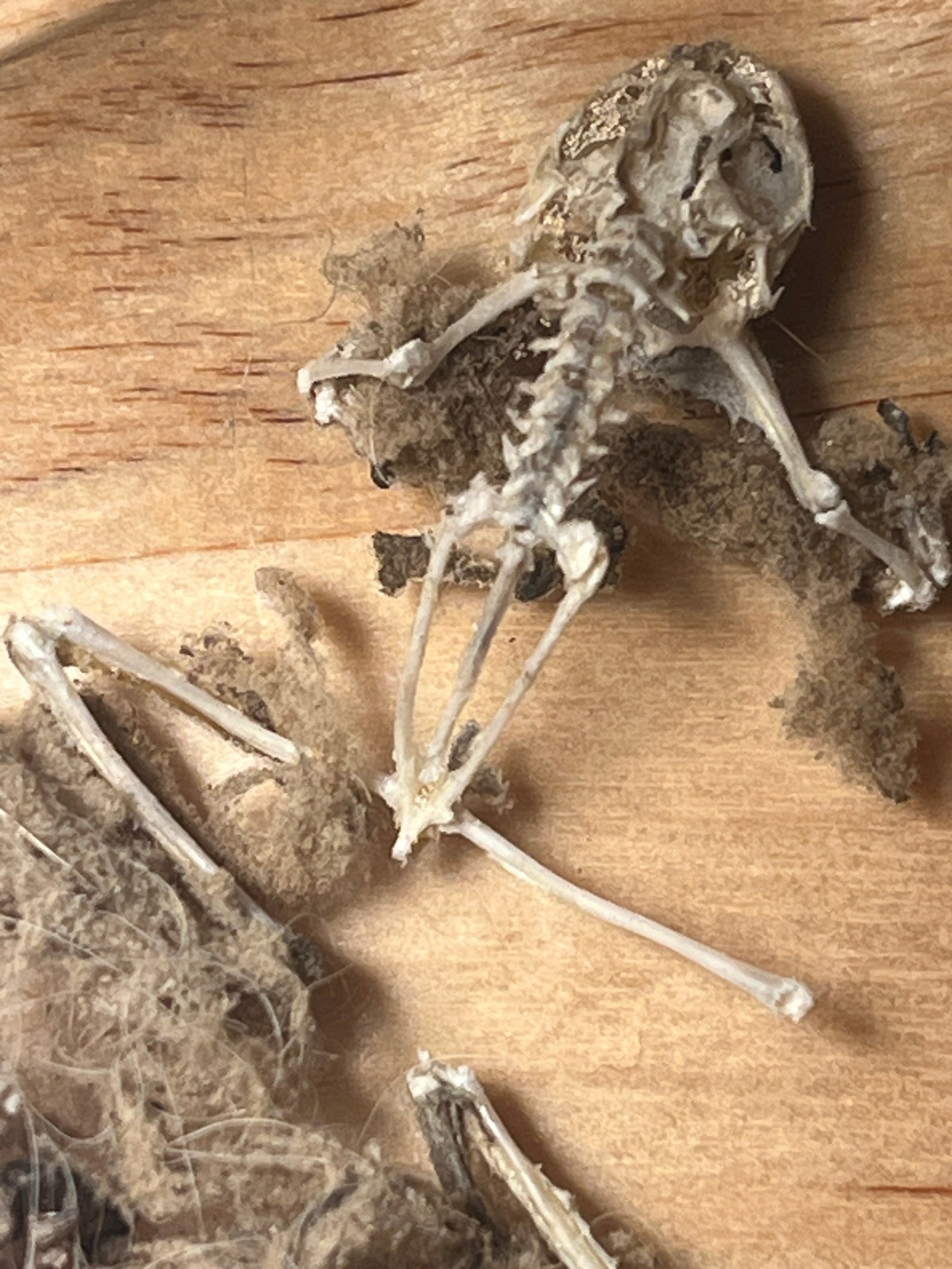Question:
Can candy make you a better scientist?
Happy National Candy Cane Day Foldscopers! That’s right - there is a day that is devoted to the popular red and white striped candy that seems to be everywhere this time of year!

Background:
National Candy Cane Day is celebrated on December 26th and is in honor of the iconic holiday candy. Did you know that candy canes are the highest selling non-chocolate candy between Thanksgiving and Christmas? With so many of these candies around, why not use them for some fun scientific observations in your classroom? This is a great way to get your students comfortable using scientific equipment, learning about scientific units, making calculations from measurements, and differentiating between qualitative and quantitative data - all in a stress free environment!

Directions/Procedure:
Scientists use many different types of tools and equipment to learn about the world around them. Students need to be provided these same opportunities in their science classes. Here are some ideas for using candy canes to perform basic scientific investigations.
Materials:
- Candy Canes (different colors, brands, flavors)
- Science notebook
- Pen
- Rulers
- Graph paper
- Spring Scale
- Scale (digital or triple beam)
- Graduated cylinder
- Hand lens
- Ziplock bags
- Mallet (for crushing the candy)
- Tweezers
- Microscope (or a Foldscope)

Procedure:
1. Length:
- Use a ruler to measure the dimensions of the candy cane
- Then, using these measurements, draw a scale model of the candy cane on a piece of graph paper.
2. Weight:
- Use a spring scale to measure the force with which the Earth is pulling on the candy cane.
- Then using this data, calculate the weight of the candy cane.
3. Density:
- Measure the mass of the candy cane using the scale.
- Use a graduated cylinder filled with water to measure the volume of the candy cane. (Record how much water is displaced when the candy cane is submerged in the water filled graduated cylinder.)
4. Microscopy:
- Use a hand lens to make close observations of the candy cane. Record your observations in a science notebook.
- Place a candy cane in a ziplock bag.
- Use the mallet to crush the candy cane into tiny pieces.
- Use the tweezers to pick out pieces of the crushed candy cane to observe under the microscope.
- Record your observations in a science notebook.
5. Communicate Information:
- Review the data you collected.
- Divide the data into qualitative and quantitative categories.
- Create a way to present the data to the class to show what you learned.

Real World Candy Scientists:
Sarah Houle is a Research & Development Manager at Ghirardelli Chocolate Company. When she was in high school, she was fortunate enough to find a way to combine her love of food with her love of science. In her job at Ghirardelli, Houle and her team create new chocolates, and taste test them! How could learning more about the properties of candy canes help you improve the field of food science?
Ewald Notter is a pastry chef who uses sugar and chocolate to create his art. He works with food to create innovative, and edible, sculptures! In order to create his work, Notter has to have a deep understanding of the physical and chemical properties of sugar and chocolate. What did you learn about candy canes that could help you create your own candy art?
Extension:
This blog ties together the three dimensional framework of the NGSS. It covers the Disciplinary Core Idea of Physical Science. Students will see the Crosscutting Concept of Scale, Proportion, and Quantity. This activity is also a way for students to deepen their understanding of the Science and Engineering Practice of Use Mathematical and Computational Thinking.

However, this exploratory activity can go beyond the science classroom. Join forces with:
- a Social Studies teacher to research the cultural history of sugar and its ties to the economy,
- a Math teacher to create sculptures that need to be scaled up or down,
- an Art teacher to create a unit that focuses on textures of candy,
- or a Family and Consumer Science teacher to create a unit on baking.

Connect:
Make sure to share your observations, hypothesis, results, and interdisciplinary extension activities. Submitting your Foldscope images of candy canes to the Microcosmos will help build up a strong scientific database that can help support new and innovative scientific research!
Sources:
https://nationaldaycalendar.com/national-candy-cane-day-december-26/



